The final volume of War and Peace appeared in 1869 amid heated debates. ‘War over War and Peace’ was the characteristic title of a contemporary review. Tolstoy’s epic was a sharply revisionist work, as it assailed the traditional notion of 1812 inspired by the so-called doctrine of Official Nationality with its three pillars of Orthodoxy, autocracy, and nationality. But Tolstoy, always a nonconformist, remained highly idiosyncratic even in his revisionism. Refuting the official mythology, he also snubbed the prevalent ‘political correctness’ of the radical and liberal camps of his own time. As a result, he was attacked from all sides. The left could not forgive his unrepentant aristocratism, while the right mistook him for one of the fashionable nihilists with their all-out attack on traditional values including the sacred memory of Russia’s Patriotic War. The fray was joined by literary critics, fellow writers, historians, veterans of 1812, and professional military men.
One hundred fifty years later, the fog from the initial battles surrounding Tolstoy’s book is long gone, and there is a venerable tradition of scholarly commentary and interpretation. And yet, with all its tangible monumentality and grandeur, War and Peace remains a somewhat elusive masterpiece. This impression is aptly captured in the words of Andrei Bely, a seminal modernist author, who states that he read War and Peace four times and every time it was as if he was reading a different novel. One may argue that a great work of art inevitably contains many levels of meaning and that, additionally, the reader’s perception also evolves. That may be true, but the case of War and Peace seems special. The novel exists in multiple dimensions and bristles with diverging meanings, but somehow, almost miraculously, all of its elements ultimately merge into one magnificent and harmonious edifice.

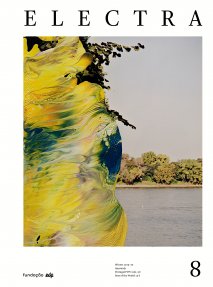
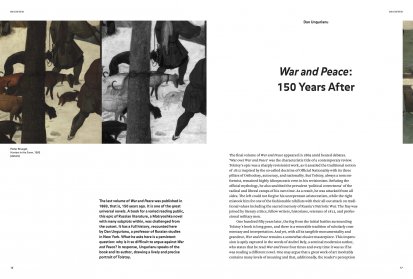
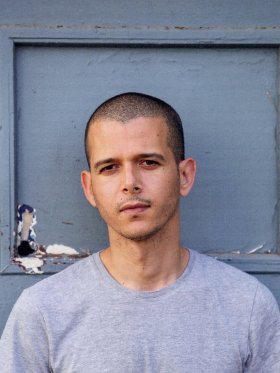
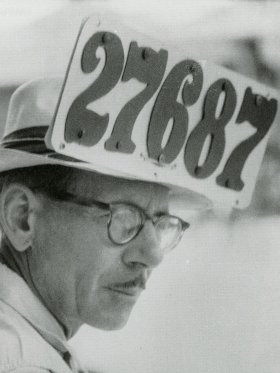
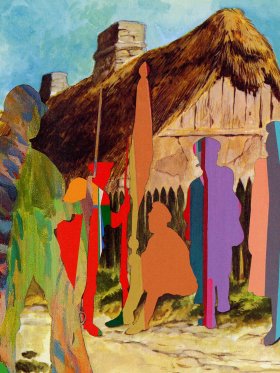
Share article